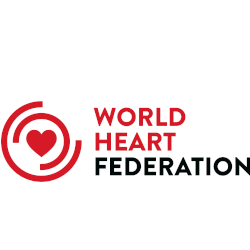Review
Clinical Impact of the Polypill for Cardiovascular Prevention in Latin America: A Consensus Statement of the Inter-American Society of Cardiology
Abstract
The burden of cardiovascular diseases (CVD) is increasing, particularly in low-middle-income countries such as most of Latin America. This region presents specific socioeconomic characteristics, generating a high incidence of CVD despite efforts to control the problem. A consensus statement has been developed by Inter-American Society of Cardiology with the aim of answering some important questions related to CVD in this region and the role of the polypill in cardiovascular (CV) prevention as an intervention to address these issues. A multidisciplinary team composed of Latin American experts in the prevention of CVD was convened by the Inter-American Society of Cardiology and participated in the process and the formulation of statements. To characterize the prevailing situation in Latin American countries, we describe the most significant CV risk factors in the region. The barriers that impair the use of CV essential medications are also reviewed. The role of therapeutic adherence in CV prevention and how the polypill emerges as an effective strategy for optimizing adherence, accessibility, and affordability in the treatment of CVDs are discussed in detail. Clinical scenarios in which the polypill could represent an effective intervention in primary and secondary CV prevention are described. This initiative is expected to help professionals involved in the management of CVD and public health policymakers develop optimal strategies for the management of CVDs.
Highlights
- Latin America presents CV risk factors characteristics in part attributable to the socioeconomic status of the region.
- Adherence represents a modifiable risk factor for new CV events. For this reason, every aspect related to adherence should be investigated individually in order to improve it.
- Several actions could be taken in order to improve CV risk factors in Latin America, as simplifying medications regime, educational initiatives, ensuring drug accessibility and affordability, and incorporating new technologies.
- The polypill represent a strategy that could increase adherence through improving drug accessibility, affordability, controlling risk factors. and possibly reducing CV events.


